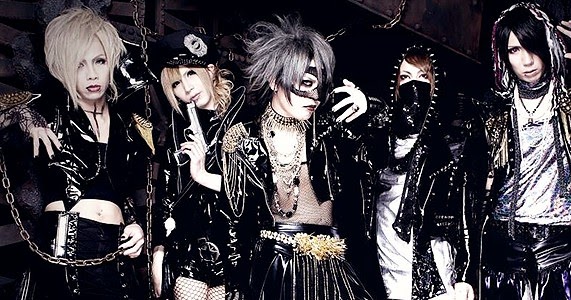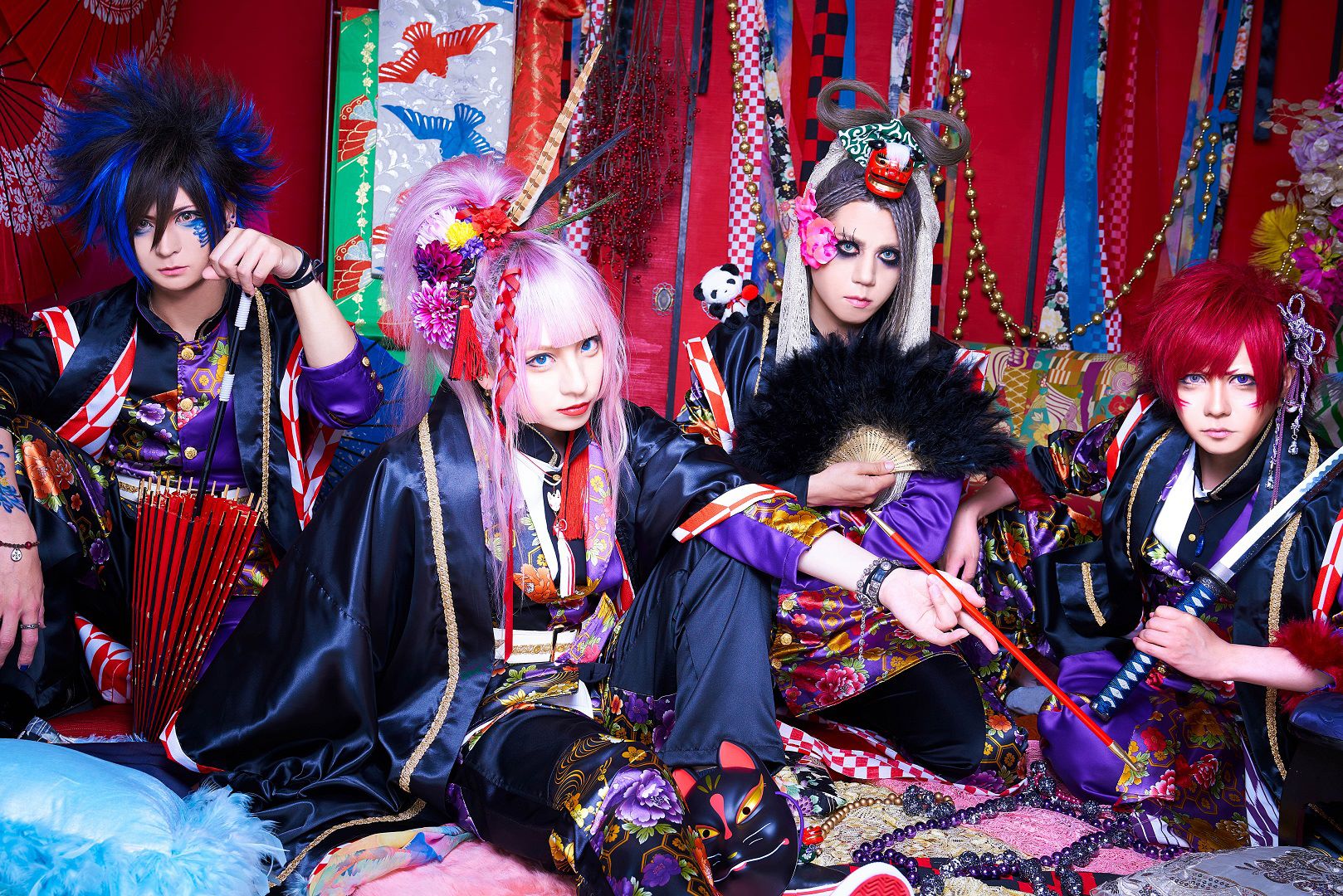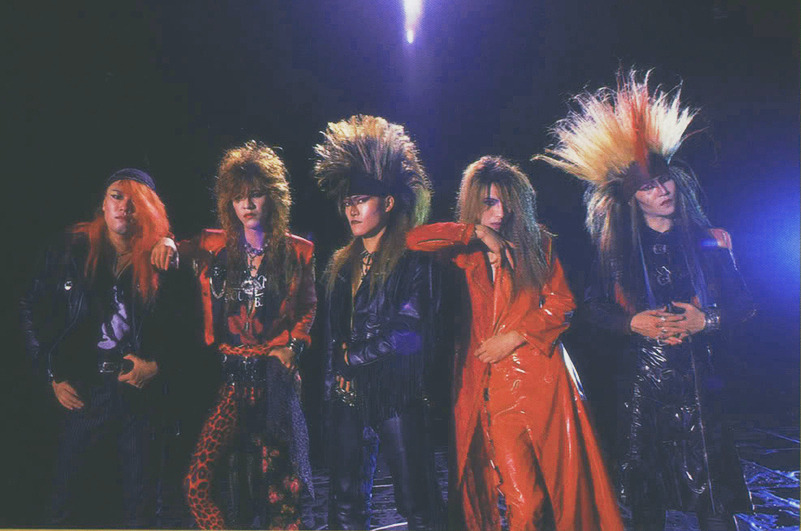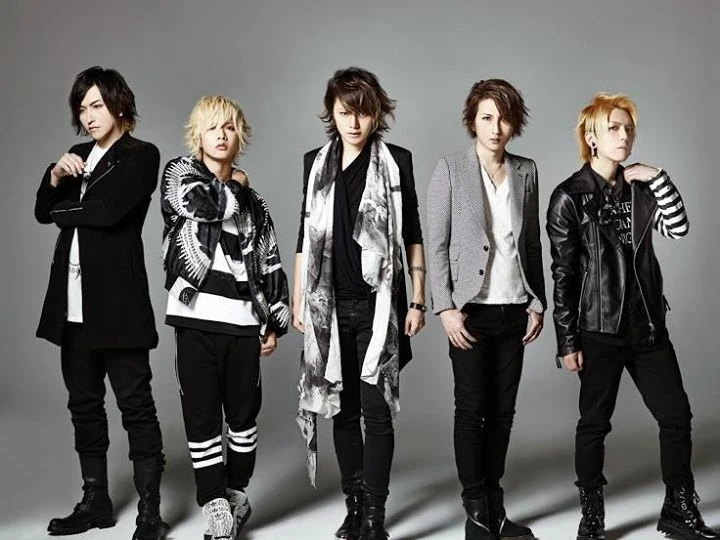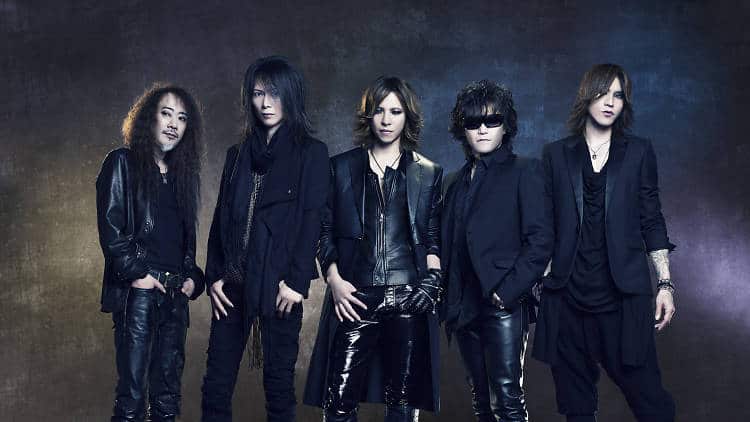Oshare Kei
Oshare Kei fashion, a vibrant and colorful subgenre within Visual Kei, embraces a playful and flamboyant aesthetic that sets it apart. Characterized by bright colors, whimsical patterns, and eclectic accessories, Oshare Kei fashion exudes a sense of fun and individuality. Bands like An Cafe and Ayabie are prime examples of this style, with their energetic performances and eye-catching outfits reflecting the essence of Oshare Kei. From rainbow-hued hair to eccentric costumes reminiscent of Harajuku street fashion, Oshare Kei bands captivate audiences with their unique blend of pop-rock sounds and exuberant fashion sensibilities.

